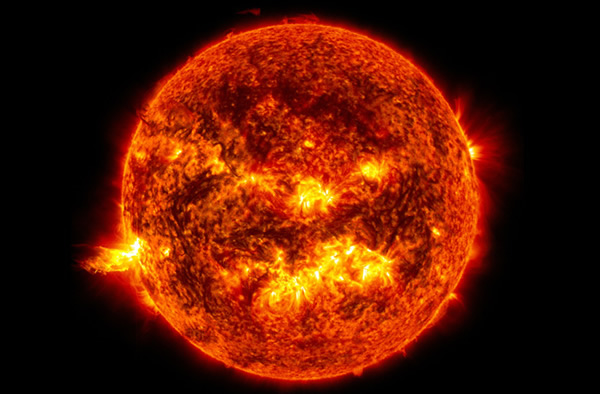Sun Celebrates Solstice with Flare
Sun Celebrates Solstice with Flare
Summer has arrived for the Northern Hemisphere and, as if to celebrate, the sun unleashed a solar flare and coronal mass ejection (CME) at 11:15 p.m. EDT (June 20) just hours before the time of solstice. The summer solstice, which signifies when Earth’s axis is most inclined toward the sun, occurred at 1:04 a.m. EDT (June 21).
According to SpaceWeather.com, the M2 flare and subsequent CME originated from active region (AR) 1777 that has been crackling with flare activity. Although the region is neither particularly large or menacing, it had near-perfect timing when seeing in the summer. (Of course, just because the solstice marks the beginning of summer in the Northern Hemisphere, when the daylight hours are at their longest, for the Southern Hemisphere, the opposite is true; winter has just begun and the daylight hours are at their shortest.)
The sun is currently going through a state of flux. 2013 is the year of maximum predicted activity from our nearest star, a period known as “solar maximum.” Although this solar maximum has been less active than predicted, the sun has still produced some dazzling flares and CMEs as the solar interior experiences extreme magnetic stress.
Powerful magnetic fields are erupting into the lower solar atmosphere, or corona, developing ominous sunspots in the sun’s photosphere. These sunspots mark the active regions, highlighting where magnetic eruptions are most likely to occur. In the case of AR 1777, it is currently rotating toward the Earth, but space weather forecasters only give it a 30 percent chance of producing more M-flares and a 5 percent chance of producing X-flares over the next 24 hours.(Jun 21, 2013 10:33 PM ET // by Ian O'Neill)












